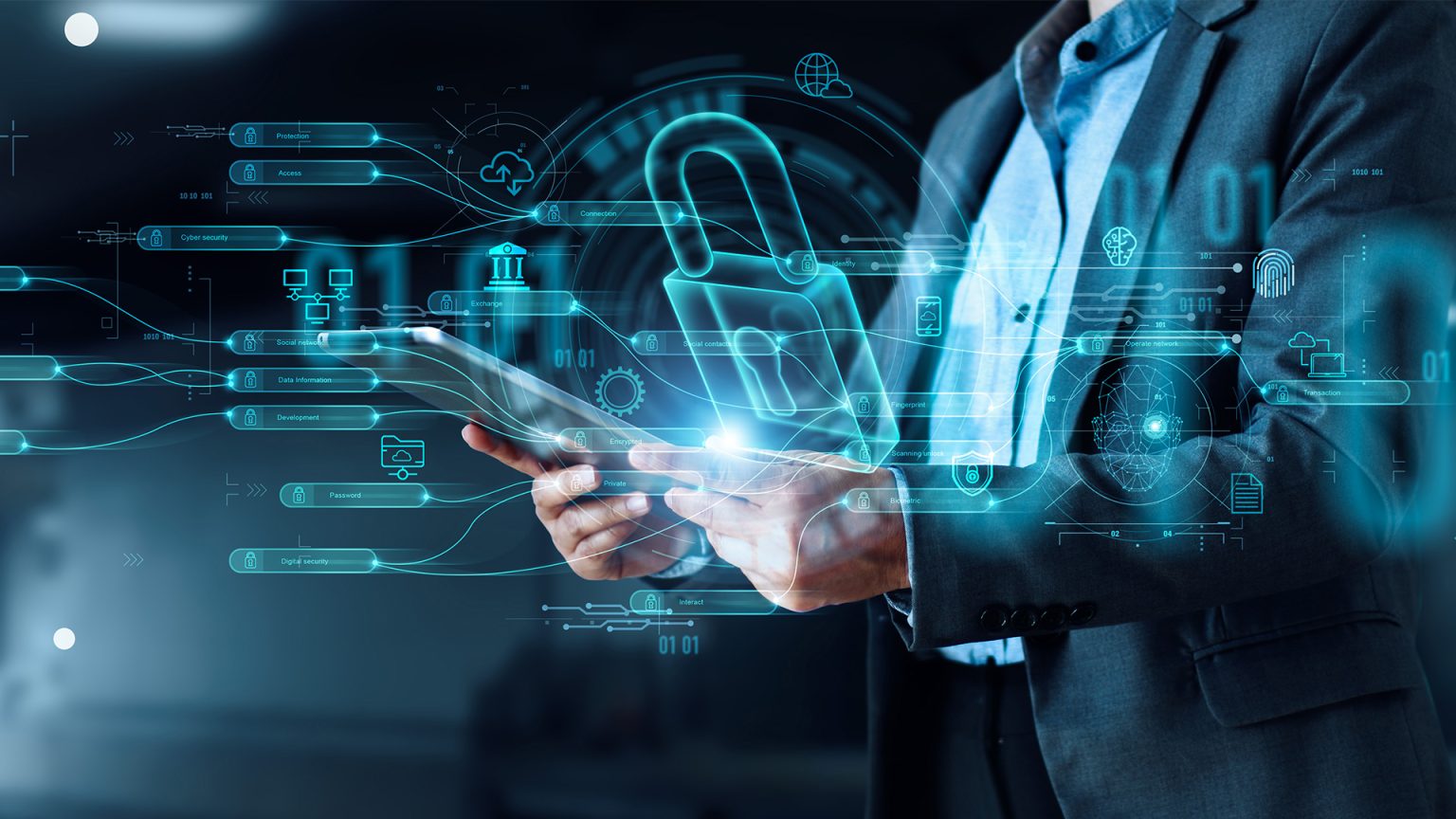In the world of banking and finance, security isn’t just a priority—it’s a necessity. With increasing threats and sophisticated cyber-attacks, financial institutions are turning to artificial intelligence (AI) and technology to stay ahead. Let’s explore how AI is transforming security operations and enhancing protection in this critical sector.
First off, let’s talk about automation and efficiency in security operations. Traditional security measures often involve time-consuming processes and manual oversight. This is where AI steps in to make a difference. By automating routine security tasks, AI helps banks and financial institutions manage security with greater precision and speed. For instance, AI-powered systems can handle tasks like monitoring transactions for suspicious activities or flagging potential security breaches. This automation not only reduces the workload for security teams but also ensures that potential threats are identified and addressed more quickly.
A great example of this technology in action is the use of AI-driven Security Orchestration, Automation, and Response (SOAR) platforms. These platforms are designed to streamline security operations by integrating various security tools and processes. Instead of dealing with disparate systems, a SOAR platform uses AI to unify and automate responses to security incidents. This means that when a potential threat is detected, the platform can automatically take actions such as isolating affected systems or deploying countermeasures, often without requiring human intervention. This kind of automation enhances the efficiency of security operations and ensures a more coordinated response to threats.
Next, let’s delve into cyber threat intelligence and response. In today’s landscape, reactive measures are often too slow to be effective. That’s why proactive threat hunting has become essential. AI plays a significant role here by integrating threat intelligence and helping to anticipate and prepare for potential attacks before they occur. AI systems analyse vast amounts of data from various sources—such as network traffic, user behaviour, and global threat reports—to identify patterns and anomalies that might indicate an impending threat.
For example, AI can provide predictive insights by recognising patterns in historical data that suggest a new type of attack might be on the horizon. These insights allow security teams to adjust their strategies and defenses in advance, potentially stopping attacks before they even start. Additionally, AI can automate response solutions, meaning that when a threat is detected, the system can initiate predefined responses—like blocking malicious IP addresses or deploying updates—without needing manual input. This not only speeds up the response time but also reduces the risk of human error.
While the benefits of AI in banking and finance security are clear, it’s also important to address challenges such as algorithmic biases or integration issues with existing systems. Financial institutions must navigate these challenges to fully leverage AI’s potential. Additionally, the future of AI in security looks promising with emerging technologies like quantum computing, which could further revolutionise threat detection and response.
Overall, the combination of AI and technology in banking and finance is like having a high-tech security guard who never sleeps!
Mr. Sachhin Gajjaer is the CEO & Founder of Sattrix.







